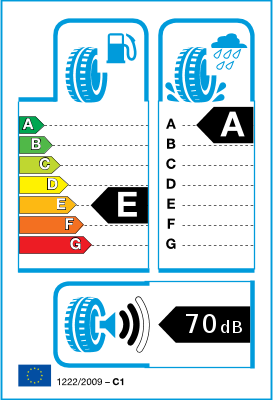0818000052 (Mo-Fr 7am-10pm)




Add product to compare
Quantity: %entry-quantity%
Price per unit: %entry-formattedTotalPrice%